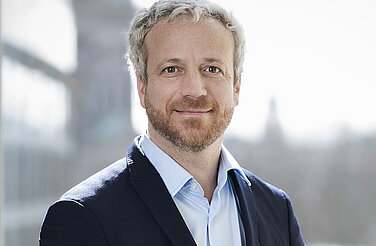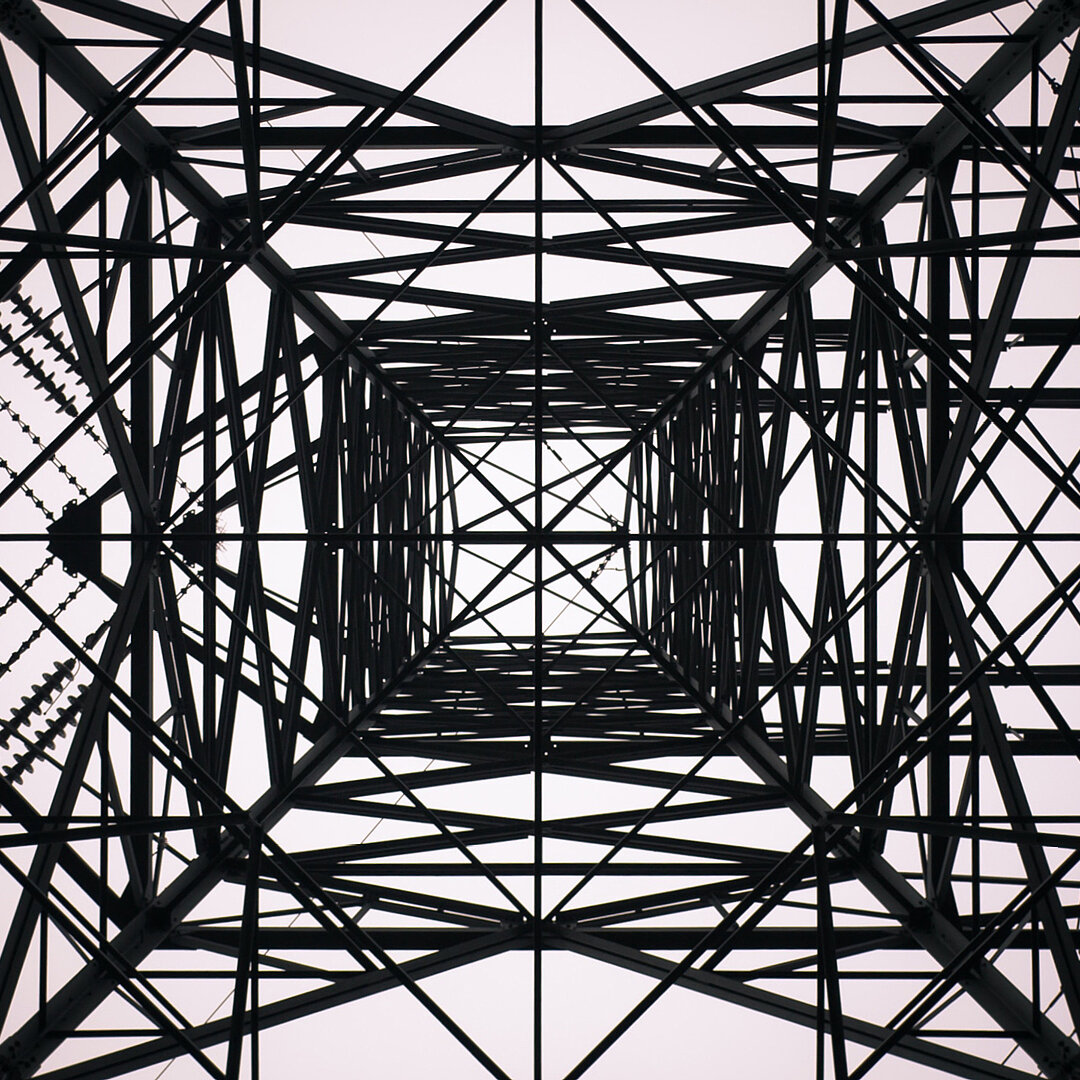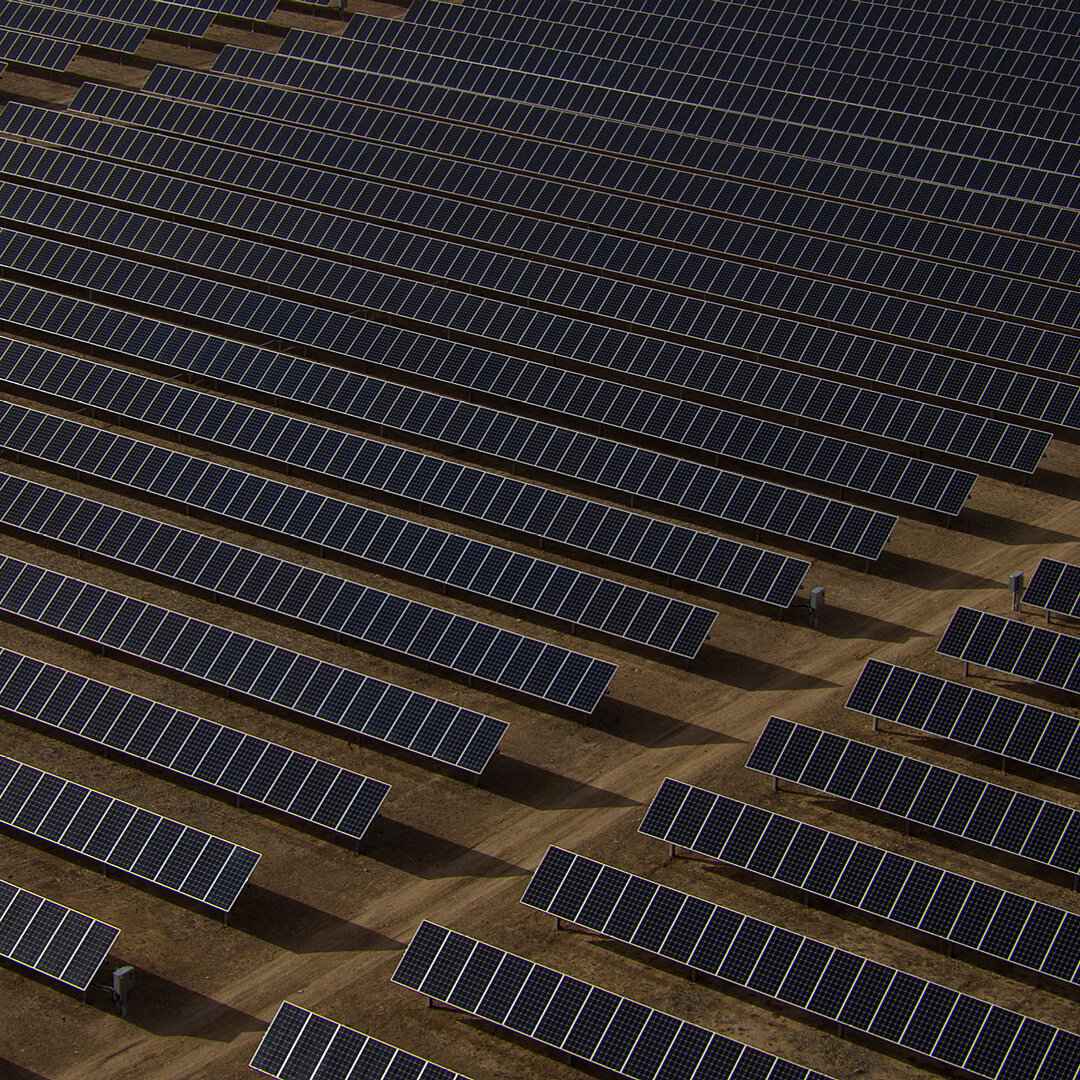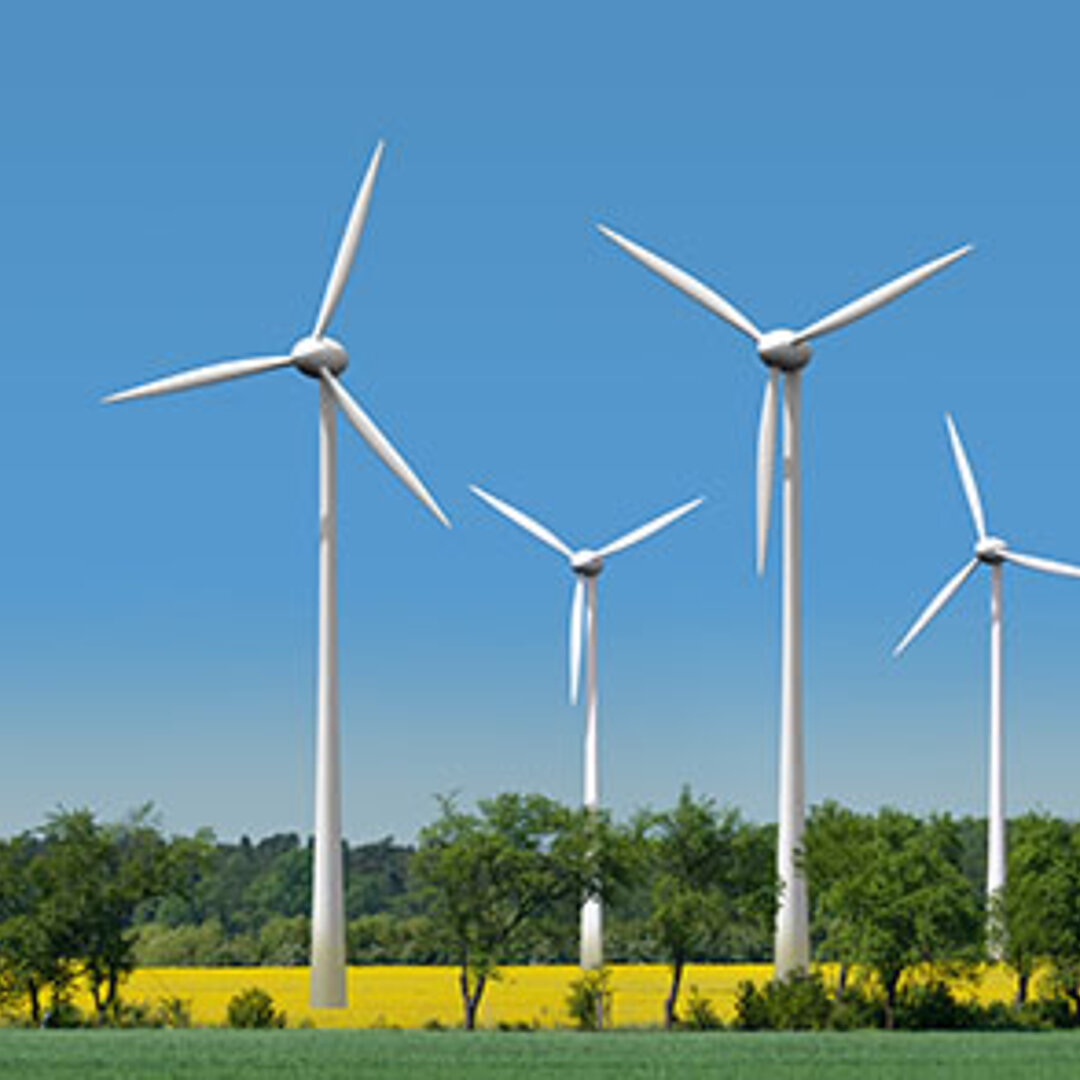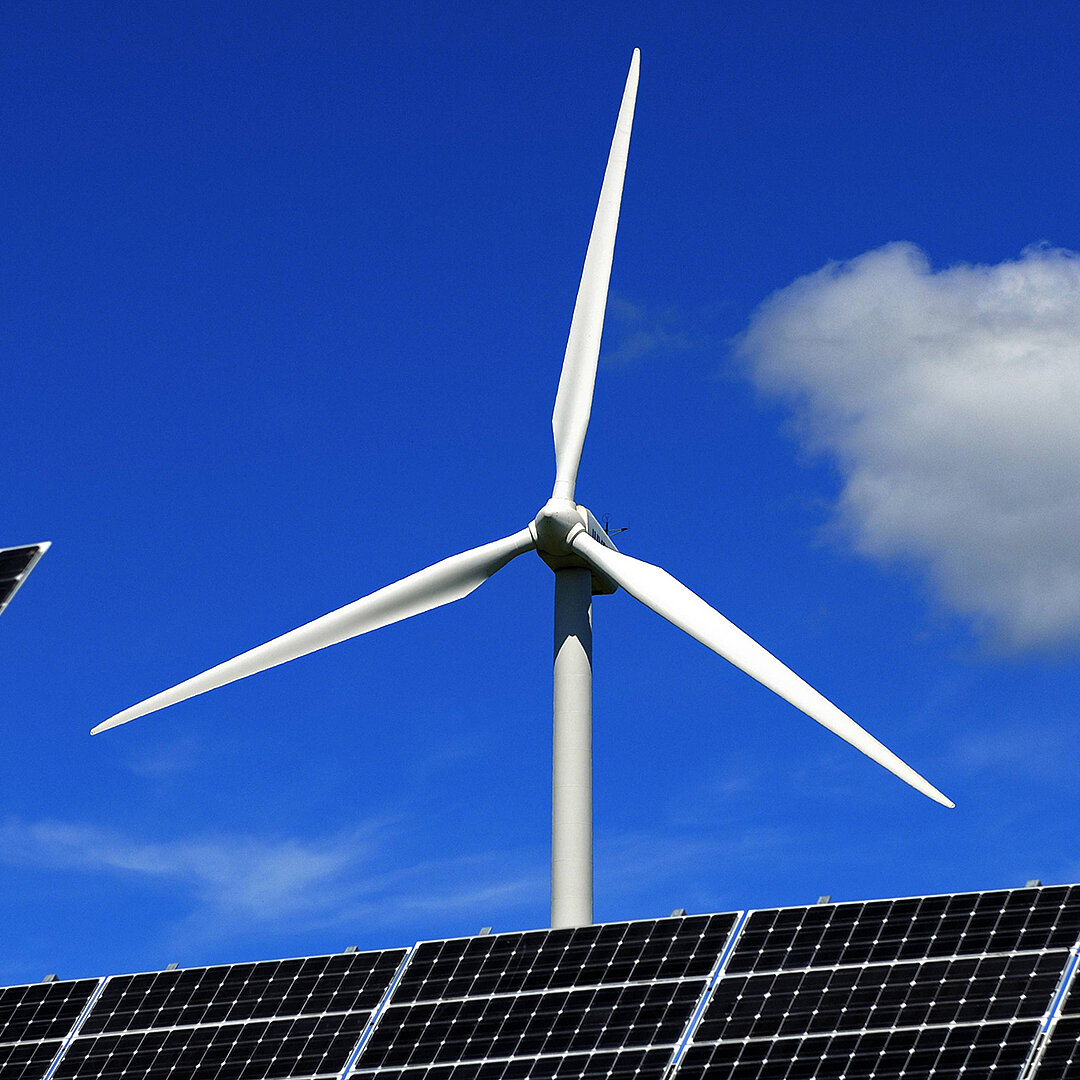- Authors
- Emi Ichiyanagi, Dimitri Pescia
- Publication number
- 09/01-B-2017/EN
- Publication date
-
21 March 2017
- Pages
- 40
- Suggested Citation
- Agora Energiewende (2017): The Energiewende in a nutshell
- Project
- This publication was produced within the framework of the project Understanding the Energiewende.
The Energiewende in a nutshell
10 Q&A on the German energy transition
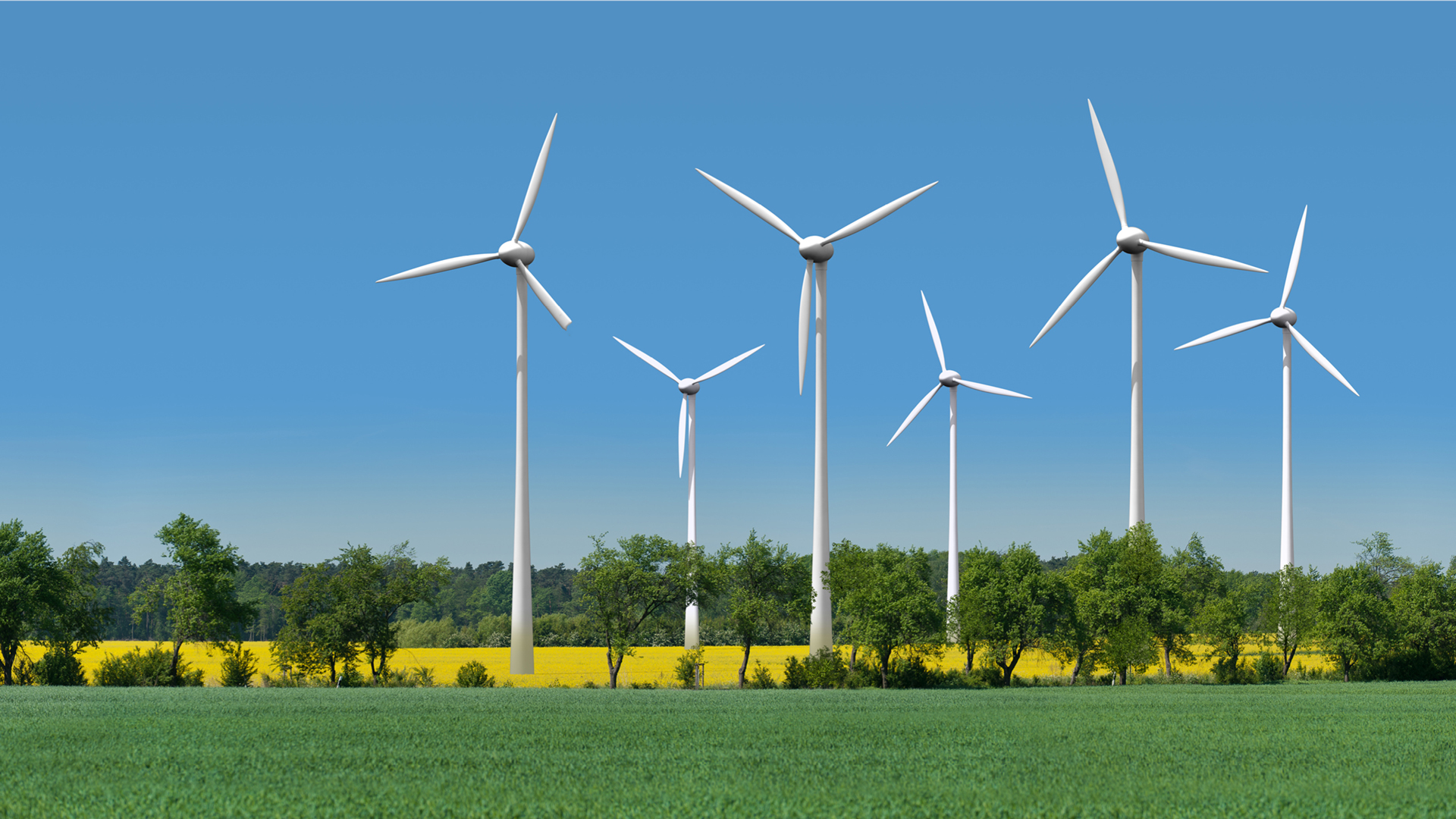
Preface
Energy systems worldwide are in a state of transformation. With the adoption of the Paris Climate Agreement in December 2015, the foundation for international climate policy has fundamentally changed. The decision to limit global warming to be well below to 2 °C can only be achieved if energy systems are completely decarbonized over the long term. Accordingly, the European Union has adopted ambitious goals to move toward a low-carbon economy and fully integrated energy markets.
Furthermore, the G7 countries reaffirmed in May 2016 in Ise-Shima, Japan that they would strive to fully decarbonize their power systems, and China has become the world’s largest renewable energy market. Germany is playing a prominent role in this transformation process, having adopted one of the most ambitious energy transition programs of all industrial nations – the Energiewende. With this long-term strategy – started more than a decade ago and invigorated after the Fukushima nuclear accident – the country has decided to fundamentally transform its power sector by phasing out nuclear and coal in favor of renewable energy.
Wind and solar energy form the backbone of the German Energiewende. Yet around the world, wind and solar are abundantly available and generation technology costs are rapidly decreasing. In 2016, renewable energy projects set low-cost records in countries around the globe, from Chile and Morocco to the United Arab Emirates and Denmark. Thus, many of the developments we currently see in Germany, and in other vanguard countries, are highly relevant for the rest of
the world.
While the German approach is not unique worldwide, the speed and scope of the Energiewende are exceptional, and have attracted wide attention and debate in Europe and abroad. Against this backdrop, many lessons can surely be learned from the German experience with adopting renewables, both positive and negative. It is therefore crucial to provide an accurate and impartial overview of the progress of the Energiewende.
This document answers ten frequently asked questions about the German Energiewende. It aims to provide a current and accurate snapshot of the German experience. It focuses on the power sector, which many studies have shown will be crucial to decarbonisation.
Bibliographical data
Downloads
-
Main Report
pdf 2 MB
The Energiewende in a nutshell
10 Q & A on the German energy transition
-
Translation
pdf 2 MB
La Energiewende en síntesis
Spanish translation
-
Translation
pdf 1 MB
A Energiewende em resumo
Portuguese translation
-
Translation
PDF 2 MB
ドイツのエネルギー転換 10 の Q&A
Japanese translation

